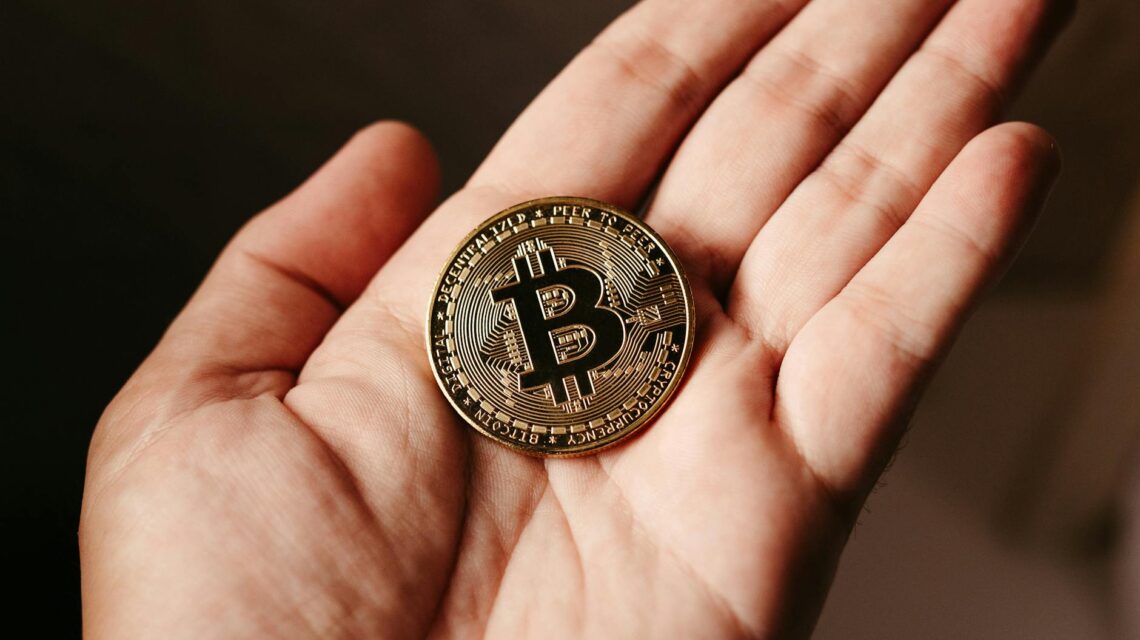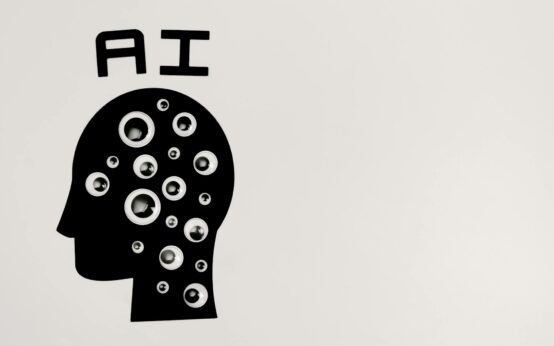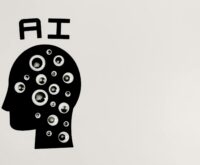How to Assess the Risk of Governance Capture in DAOs
Decentralized Autonomous Organizations (DAOs) hold immense promise for revolutionizing how we govern and operate organizations. They offer transparency, immutability, and community ownership – a stark contrast to traditional, centralized models. But this nascent technology isn’t without its challenges. One of the most significant risks facing DAOs is governance capture. Ever wondered what happens when a small group seizes control, undermining the very principles of decentralization? Let’s dive deep into understanding, assessing, and mitigating this crucial risk.
Key Takeaways
- Governance capture can cripple a DAO, turning it into a centralized entity.
- Assessing this risk requires a multi-faceted approach, examining on-chain and off-chain factors.
- Mitigating capture involves implementing robust governance mechanisms and fostering a vibrant, engaged community.
What is Governance Capture?
Imagine a town hall meeting where a vocal minority manipulates the agenda, swaying votes to serve their own interests. That, in essence, is governance capture. In the context of DAOs, it occurs when a small group, either internally or externally, gains undue influence over the decision-making process. This control can manifest in various ways, from manipulating token voting to controlling key infrastructure or spreading misinformation. The result? The DAO operates in the interest of the few, not the many, betraying its core principle of decentralization.
Recognizing the Red Flags
Identifying potential governance capture requires careful observation and analysis. Some warning signs include:
- Concentrated Voting Power: A small number of wallets holding a disproportionate share of voting tokens.
- Lack of Transparency: Obscured decision-making processes, limited access to information, and unclear fund allocation.
- Inactive Community: Low participation in governance proposals and discussions, indicating apathy or exclusion.
- Centralized Infrastructure: Reliance on a single service provider for crucial infrastructure, creating a single point of failure.
- Manipulation and Misinformation: Coordinated efforts to sway public opinion or spread false information within the community.

On-Chain Analysis: Unveiling the Data
Blockchain technology offers a powerful tool in assessing capture risk. On-chain data provides an objective view into the DAO’s operations. Here’s how to leverage it:
- Token Distribution Analysis: Examine the Gini coefficient and Nakamoto coefficient to assess the distribution of voting power.
- Voting Patterns: Analyze voting records to identify potential collusion or coordinated voting behavior.
- Treasury Management: Track fund flows and expenditures to detect irregularities or suspicious transactions.
- Smart Contract Audits: Ensure the integrity and security of the DAO’s underlying code.
Off-Chain Analysis: Understanding the Human Element
While on-chain data offers valuable insights, it’s crucial to remember the human element. DAOs are ultimately communities of individuals with their own motivations and biases. Off-chain analysis involves:
- Community Sentiment Analysis: Monitor social media channels, forums, and chat groups to gauge community sentiment and identify potential conflicts.
- Key Influencer Analysis: Identify influential members and assess their alignment with the DAO’s goals and values.
- Governance Process Review: Evaluate the DAO’s governance framework for vulnerabilities and potential loopholes.
Mitigating the Risk: Building Resilient DAOs
Protecting against governance capture requires proactive measures. Here are some key strategies:
Promote Decentralized Token Distribution
Encourage wider token ownership through fair distribution mechanisms and incentivize participation.
Enhance Transparency and Accountability
Make decision-making processes transparent and accessible. Implement clear reporting mechanisms for fund management.
Foster an Active and Engaged Community
Cultivate a strong sense of community ownership and encourage participation in governance discussions and proposals.
Implement Robust Governance Mechanisms
Utilize quadratic voting, time-locked voting, and other mechanisms to mitigate the influence of large token holders.
Decentralize Infrastructure
Avoid reliance on single providers for critical infrastructure. Explore decentralized solutions for hosting and communication.
Educate the Community
Provide resources and educational materials to empower members to identify and report suspicious activity.
Conclusion
Governance capture poses a significant threat to the success of DAOs. By understanding the risks, utilizing on-chain and off-chain analysis tools, and implementing robust mitigation strategies, we can build more resilient and truly decentralized organizations. The future of decentralized governance depends on our vigilance and commitment to these principles.
FAQ
What’s the biggest misconception about DAO governance capture?
Many believe it’s solely an external threat. However, internal capture, where existing members consolidate power, is equally dangerous.
Can smart contracts prevent governance capture entirely?
While well-designed smart contracts can mitigate some risks, they aren’t a silver bullet. Social engineering and off-chain manipulation can still occur.
How can I contribute to preventing governance capture in my DAO?
Be an active and informed community member. Participate in governance discussions, vote on proposals, and hold leadership accountable.
Are there any tools available to help assess on-chain data?
Yes, several blockchain explorers and analytics platforms provide data on token distribution, voting patterns, and other relevant metrics.
What’s the long-term impact of governance capture?
Capture can erode trust, diminish community participation, and ultimately lead to the failure of the DAO.



 A Guide to NFT Generative Art Platforms (2024)
A Guide to NFT Generative Art Platforms (2024)  Crypto’s Carbon Footprint: The Real, Nuanced Story
Crypto’s Carbon Footprint: The Real, Nuanced Story  Join a Web3 Community: The Ultimate Networking Guide
Join a Web3 Community: The Ultimate Networking Guide  What Are AMMs? Automated Market Makers Explained Simply
What Are AMMs? Automated Market Makers Explained Simply  NFT Legal Questions Answered: A Simple Guide
NFT Legal Questions Answered: A Simple Guide  Build a Balanced Cryptocurrency Portfolio: A 2024 Guide
Build a Balanced Cryptocurrency Portfolio: A 2024 Guide  A Guide to NFT Generative Art Platforms (2024)
A Guide to NFT Generative Art Platforms (2024)  Crypto’s Carbon Footprint: The Real, Nuanced Story
Crypto’s Carbon Footprint: The Real, Nuanced Story  Join a Web3 Community: The Ultimate Networking Guide
Join a Web3 Community: The Ultimate Networking Guide  What Are AMMs? Automated Market Makers Explained Simply
What Are AMMs? Automated Market Makers Explained Simply  NFT Legal Questions Answered: A Simple Guide
NFT Legal Questions Answered: A Simple Guide  Build a Balanced Cryptocurrency Portfolio: A 2024 Guide
Build a Balanced Cryptocurrency Portfolio: A 2024 Guide